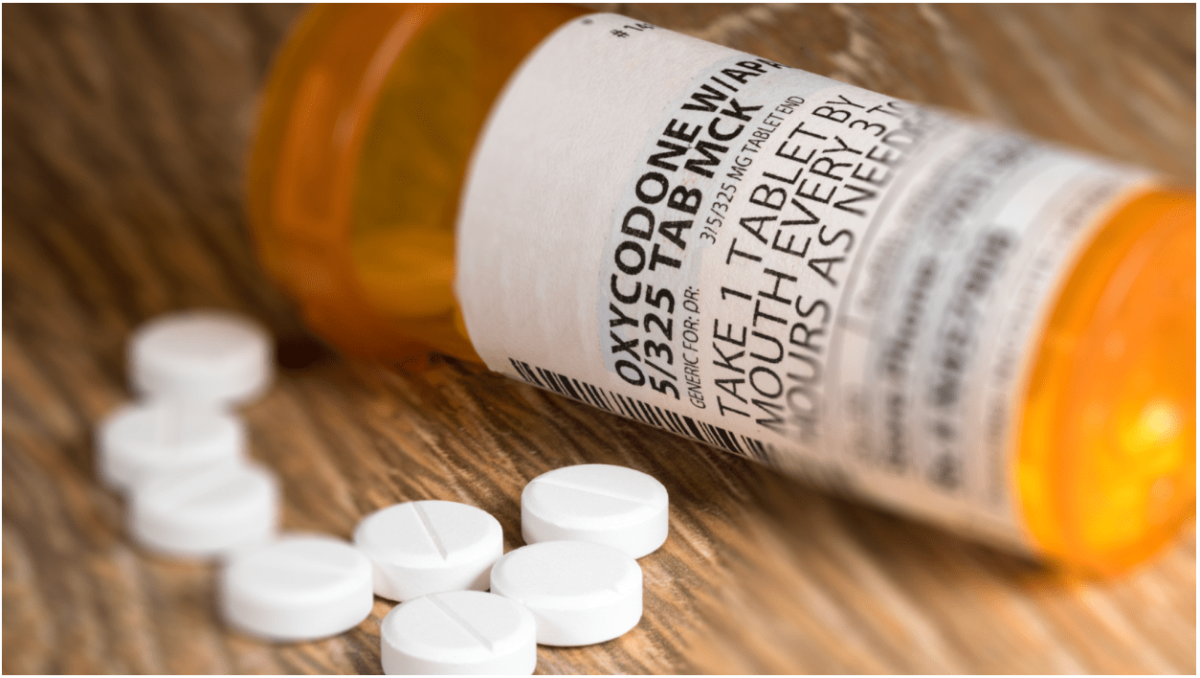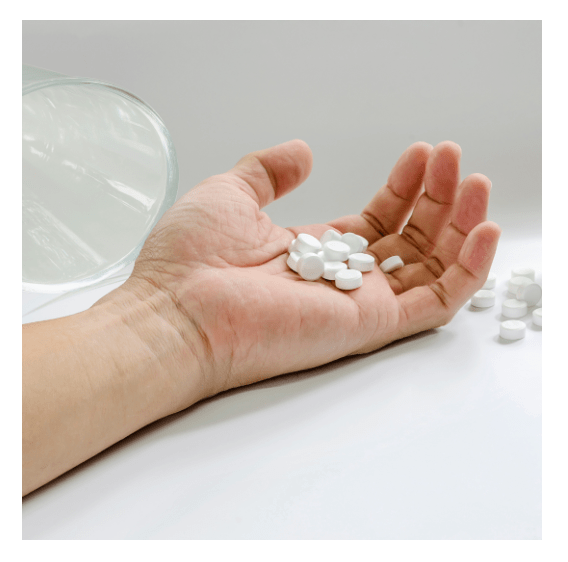

10 Warning Signs of Prescription Opioid Abuse
You don’t begin taking prescription opioids with the intent of becoming addicted. You take them because your doctor prescribed them to help relieve pain, typically after surgery. But unfortunately, approximately 8-12% of individuals prescribed opioids develop an addiction.
You may not even realize you or a loved one is taking prescription opioids if you’re unaware of their prescription name. The most common names of prescription opioids that lead to opioid abuse are:
- Morphine (Kadian®, Avinza®)
- Hydrocodone (Vicodin®)
- Codeine
- Oxymorphone (Opana®)
- Fentanyl
- Oxycodone (OxyContin®, Percocet®)
If you or someone you love is taking any of these medications, making yourself aware of the possible opioid addiction symptoms is a good idea.
3 Facts About Benzo Addiction and Abuse
Keep An Eye Out for These Common Prescription Opioid Addiction Symptoms
Taking prescription opioids isn’t necessarily a bad thing. They are prescribed by your doctor after all. But that’s a problem many people have when judging whether or not they are abusing opioid medications. They often assume that because a doctor prescribed them, it’s okay to take them.
It is. But not in excess.

Because they deliver a euphoric feeling that takes away all kinds of pain, it’s easy to become addicted. Don’t be fooled by the prescription label. Opioid addiction is real, dangerous, and possibly even life-threatening.
The most common signs of opioid abuse include:
- taking more than prescribed
- taking prescription opioids to get “high,” despite having no pain
- borrowing or stealing others’ prescription opiates
- attempting to obtain the same prescription from multiple doctors to avoid running out
- excessive mood swings, typically from extreme happiness to irritability
- changes in sleep patterns
- making poor decisions to put yourself or others in danger
- isolating yourself from friends and family
- missing important appointments, school, or work
- inability to control opioid use
Don’t let opioid abuse go unnoticed. If you or someone you love presents any of the above opioid addiction symptoms, it may be time to seek addiction treatment. And as with any addiction, sooner is always better than later.
Dangers of Combining Adderall and Xanax
Why Are Opioids So Addictive?
First of all, it’s important to note that opioid abuse doesn’t discriminate. While some individuals may be more susceptible to developing an addiction, anyone who takes opioids is at risk. Even if you begin taking your prescription diligently as prescribed, because its effects are so euphoric, it’s easy to see why you may want to take them more often.
But that “just this once” leads to an everyday occurrence. And that leads to addiction – which could have fatal consequences.
And guess how soon it takes to become addicted? Not long. Some experts say you can develop an addiction in as little as five days, depending on your usage and risk factors. That’s less than a week.
Pretty powerful stuff.

In layman’s terms, opioids make you feel fantastic. Although they’re designed to take away severe pain, they can also make you feel like you haven’t a care in the world. And we all know everyone has cares in this world, so getting rid of them may sound tempting.
In more scientific terms, opioids trigger your brain to release endorphins, the feel-good neurotransmitters in your brain. (Keep in mind you can release endorphins in several other healthier ways like exercise, having sex, and laughing, to name a few.) Endorphins mask your pain perception and make you feel wonderful overall.
But when that “high” wears off, will you find yourself craving it again ASAP? If so, beware – that’s one of the first opioid addiction symptoms.
Fentanyl Dangers: Now the Deadliest Drug in the U.S.
Adverse Side Effects of Prescription Opioid Addiction
With a drug so powerfully addictive, you can imagine there are some pretty hefty adverse side effects of opioid abuse. Some are physical, some are relational, and some are deadly.
- loss of job
- poor school or work performance
- homelessness
- social isolation
- strained relationships with friends and family
- financial problems
- physical problems like collapsed veins, cardiovascular problems, breathing problems, and sexual dysfunction
- withdrawal symptoms
- overdose
- death
How to Overcome an Addiction to Xanax and Other Benzos
As we stated earlier, nobody sets out seeking these negative consequences. But experiencing them due to prescription opioid abuse is easier than you may think.
How to Avoid Opioid Abuse

Chances are, if you have chronic pain, your doctor isn’t going to prescribe you opioids to manage it, knowing how addictive it is. There are plenty of other less-addictive prescriptions and treatments that don’t come out of the pharmacy for that.
While there are other reasons you may be prescribed opioids, the most common reason they’re prescribed is to help manage acute pain following a bone fracture or surgery. If you must use opioids to manage pain, to avoid becoming dependent, it’s best to use them for three days or fewer. After that, your doctor can either prescribe something less addictive or recommend over-the-counter pain relievers.
The best thing to do is ask for the lowest possible dose for the fewest days.
What is a Substance-Induced Mood Disorder?
Finding Prescription Opioid Addiction Treatment in San Diego
Opioid abuse sounds scary, doesn’t it?
Well, it is. Especially since it’s so easy, not to mention common. (As in 250k+ deaths from opioid overdoses in the past 30 years.)
But the good news is that opioid addiction is treatable. (Sooner is better, remember?)
And one of the best opioid addiction treatments in San Diego can be found at BOLD Health in our intensive outpatient program (IOP). Because our team of mental health and addiction experts includes psychologists, nurse practitioners, and psychiatrists, we’ve got you covered.
Our intensive outpatient program in San Diego isn’t a cookie-cutter opioid addiction treatment option. It’s tailored to meet your individual needs. Our substance abuse experts work with you to develop a customized treatment program based on your biological, genetic, and historical makeup.
When you enroll in our intensive outpatient program in San Diego, you’ll meet with your individual therapist and in group therapy, where you’ll connect with others going through similar struggles.
Here at BOLD Health, we don’t believe in simply treating your current symptoms. As one of the leading opioid addiction treatment facilities in San Diego, we ensure you receive the tools, support, and strategies you need to overcome addiction and attack it head-on in the future if needed.

Getting help for a prescription opioid addiction could save your life or the life of a loved one. Contact us to learn more about our highly-effective IOP, one of the best opioid addiction treatments in San Diego.
4 Comments



[…] 10 Warning Signs of Prescription Opioid Abuse […]
[…] are numerous reasons why a loved one may develop a chemical dependency on alcohol, prescription, or recreational drugs. They may use substances to escape the pain of depression, anxiety, or […]
[…] The addiction and abuse of prescription drugs can sneak up on you and spiral quickly. Before you know it, you’ll find yourself experiencing intense cravings and terrible withdrawal symptoms. […]
[…] 10 Warning Signs of Prescription Opioid Abuse […]